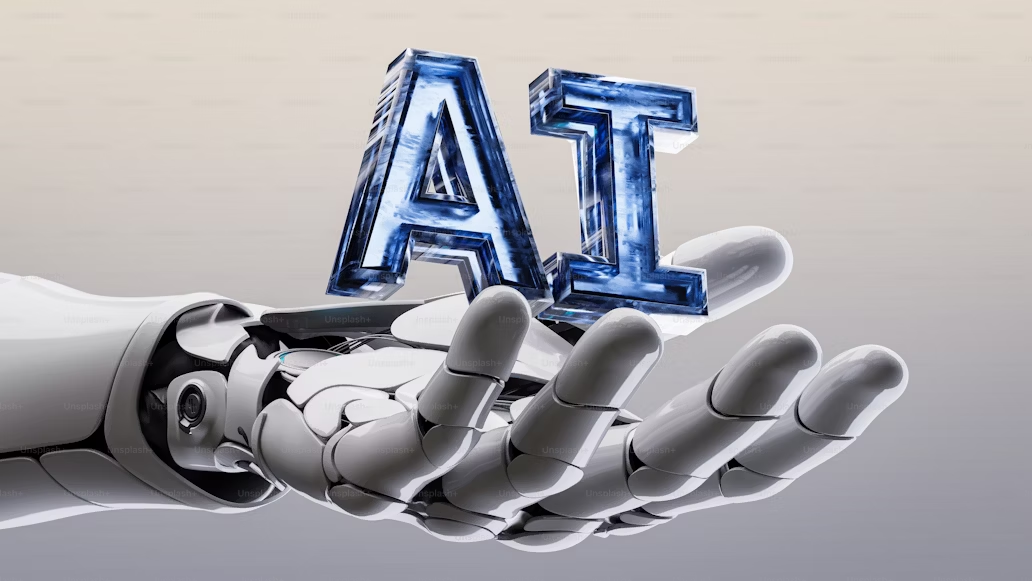July 21, 2024
In a transformative shift for the U.S. job market, several high-profile companies are making sweeping workforce reductions as they integrate artificial intelligence (AI) into their operations. Industries from technology to finance and manufacturing are grappling with the impact of automation, raising questions about the future of work and the balance between efficiency and employment.
Job Cuts Across Major Sectors
The technology sector, once a booming source of jobs, has seen some of the most significant layoffs. Leading companies such as Meta, Google, and Microsoft have announced job cuts in the thousands, with many of the eliminated roles in customer support, content moderation, and software engineering. AI technologies, including chatbots and machine learning tools, are increasingly handling tasks that were once performed by human employees, sparking concerns over long-term job displacement within the industry.
The finance sector is also undergoing a major shift. Banks such as JPMorgan Chase and Goldman Sachs have streamlined operations, adopting AI-driven risk analysis tools and automated trading systems that reduce the need for middle management and research roles. Analysts warn that as AI continues to evolve, traditional roles in banking are likely to shrink further, fundamentally altering the landscape of the financial workforce.
In manufacturing, companies like Ford and Tesla are restructuring their assembly lines to integrate AI-powered robotics, improving efficiency but reducing the reliance on human workers. While these changes are designed to cut costs and increase productivity, labor unions have raised alarms about the long-term consequences for workers who may be left behind in an increasingly automated environment.
New Opportunities Amid Displacement
Despite the wave of layoffs, many executives insist that AI is creating new roles in emerging fields such as AI research, data science, and cybersecurity. These positions require specialized skills, and companies argue that workers will need to evolve alongside technological advancements. However, workforce experts are concerned that the transition could be difficult for many employees who lack the training or resources to adapt to new, AI-driven roles.
The shift is prompting increased calls for regulatory action. Some lawmakers are advocating for policies that would require companies to invest in retraining programs for displaced workers or offer financial support during the transition. Others, however, believe that AI adoption is unavoidable and argue that businesses should be given the freedom to innovate and adapt without excessive government oversight.
Balancing Progress with Workforce Protection
As automation continues to drive change, the challenge facing both businesses and policymakers is clear: how to ensure that the benefits of AI do not come at the cost of widespread job loss. The future will depend on how companies, governments, and workers navigate the rapid technological evolution to ensure that no one is left behind as the workforce evolves to meet the demands of the digital age.


